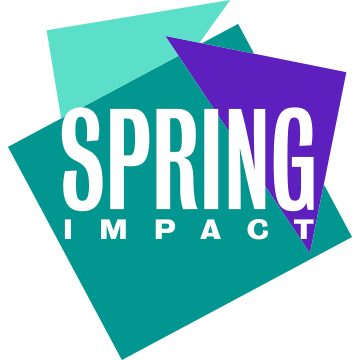Funding remains one of the toughest barriers to scaling, with little to no guidance available on how to navigate it. So we’ve asked: how do non-profits that successfully sustain solutions at scale secure funding for it? And who’s paying?
Our new study uncovers the funding models of 28 leading non-profits operating across 70 countries and 10 issue areas, the majority of which are delivering solutions in low- and middle-income countries.
We examined five types of funding sources for scale – philanthropy, governments, corporates, bilateral and multilateral institutions, and end users – highlighting their unique trade-offs and lessons specific to each.
You’ll learn about:
- The key success factors that enabled non-profits to secure funding
- Tailored funding approaches for different stages of scaling
- Key learnings for funders who want to effectively support scale
- The advantages and disadvantages of five key funding sources

